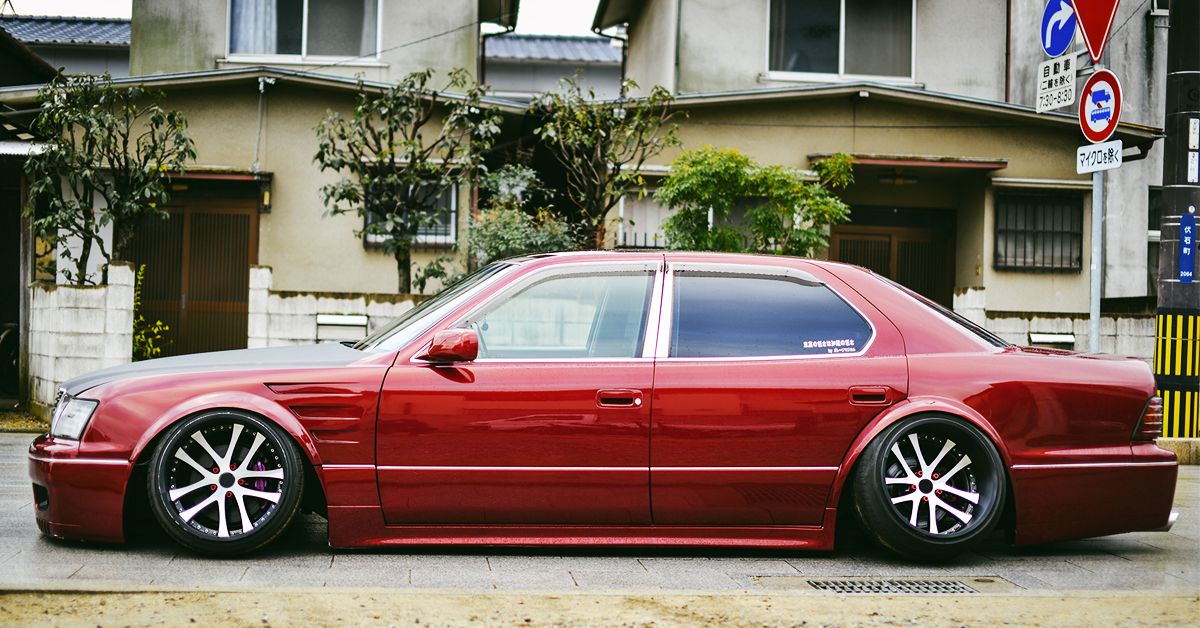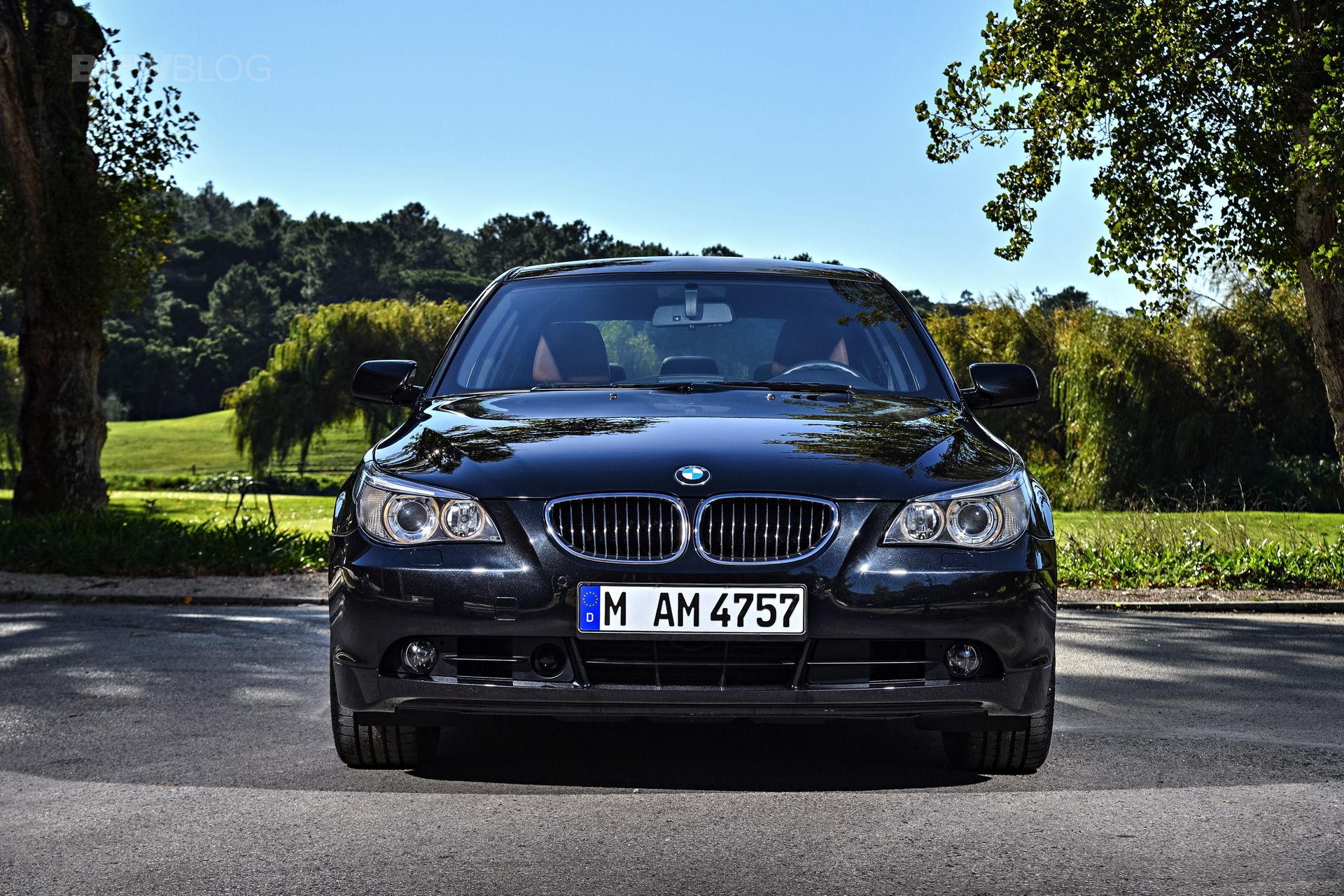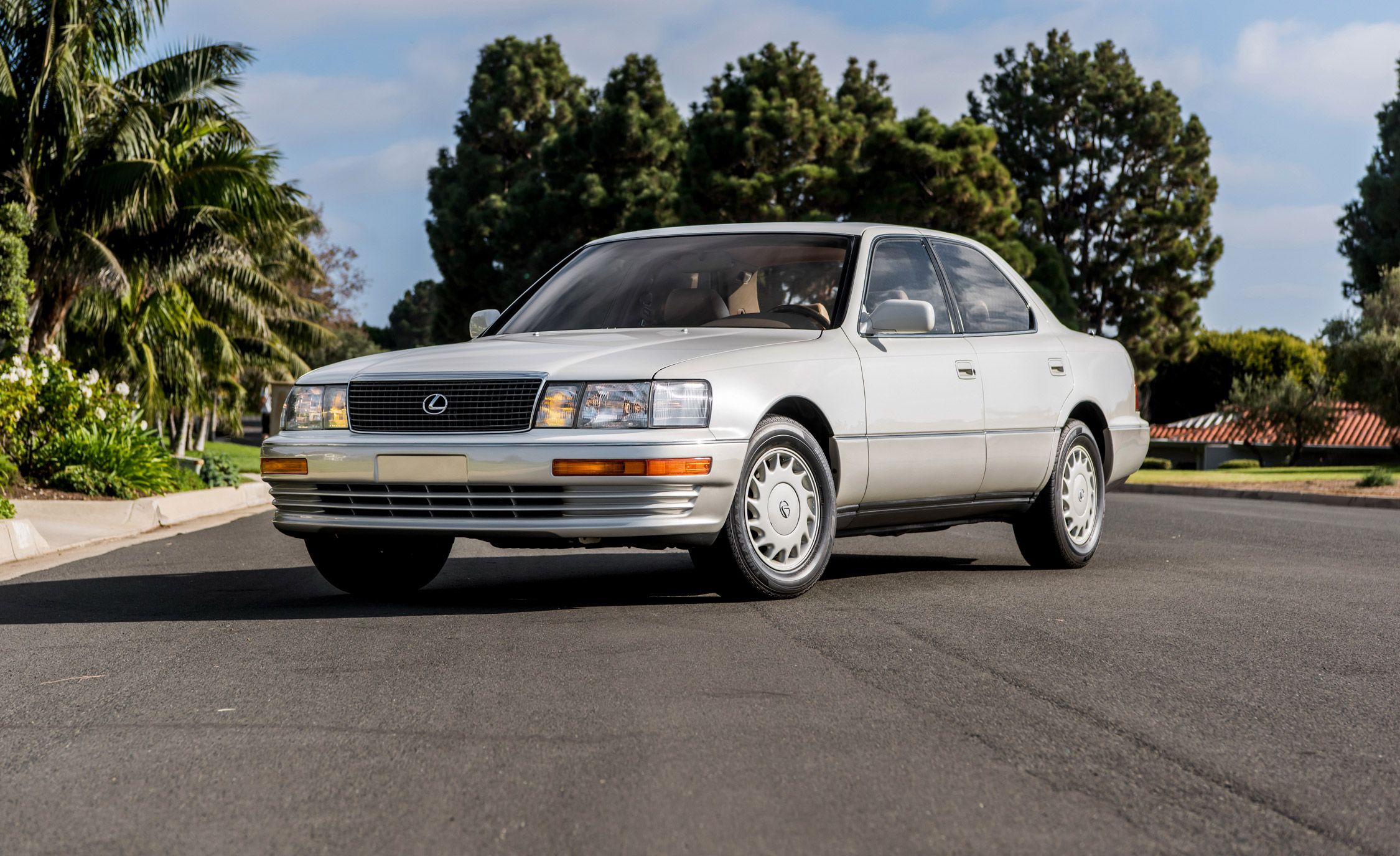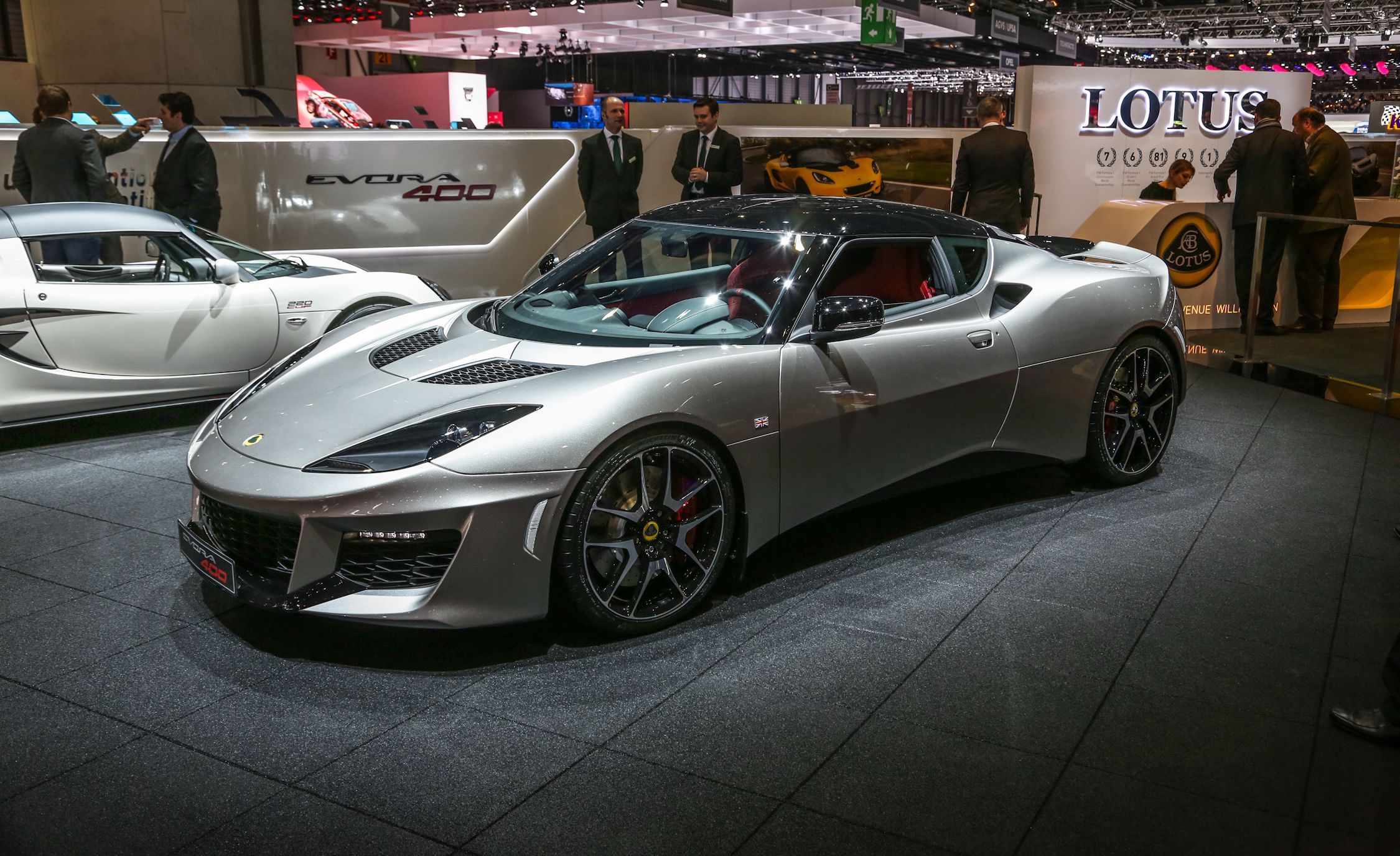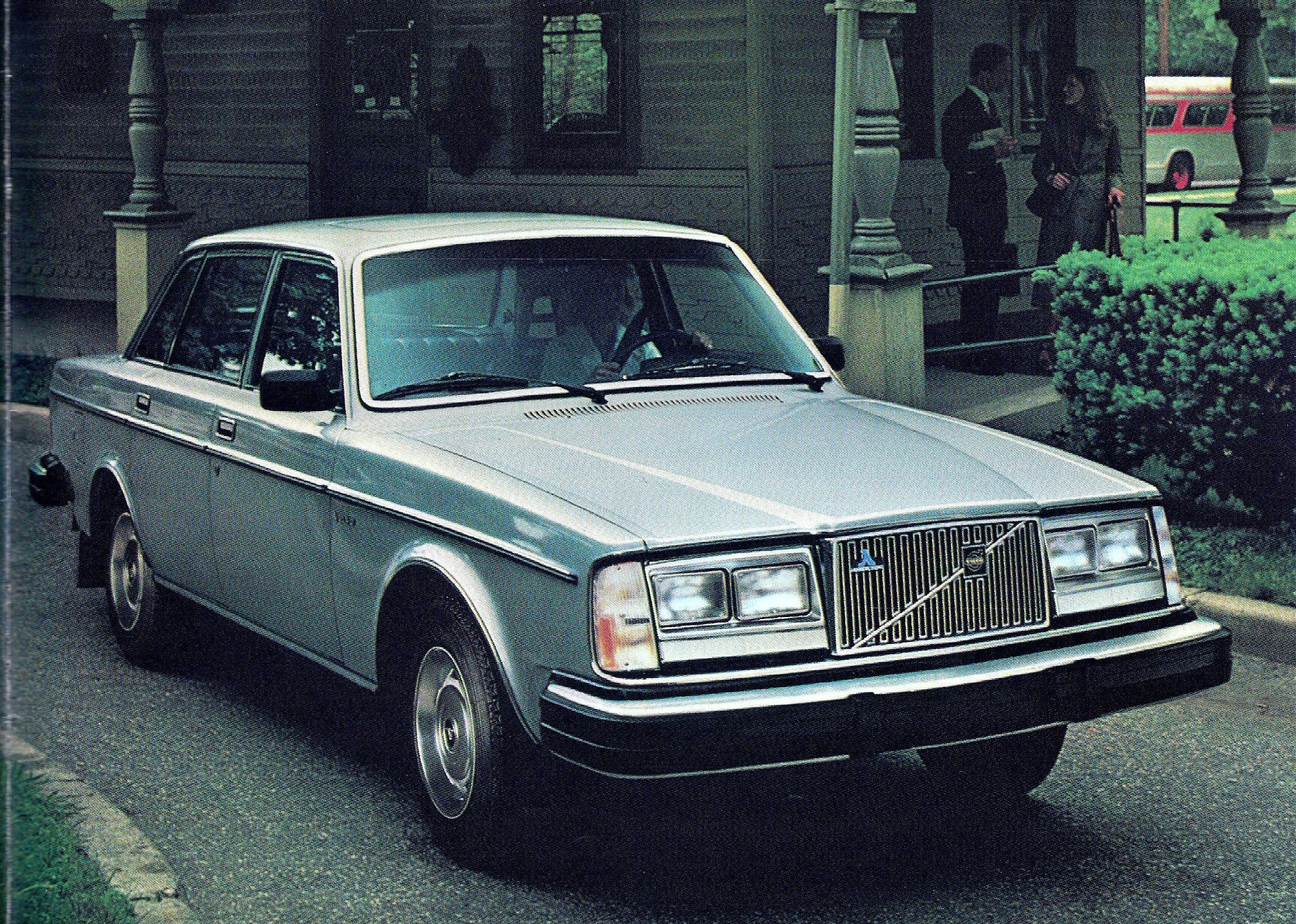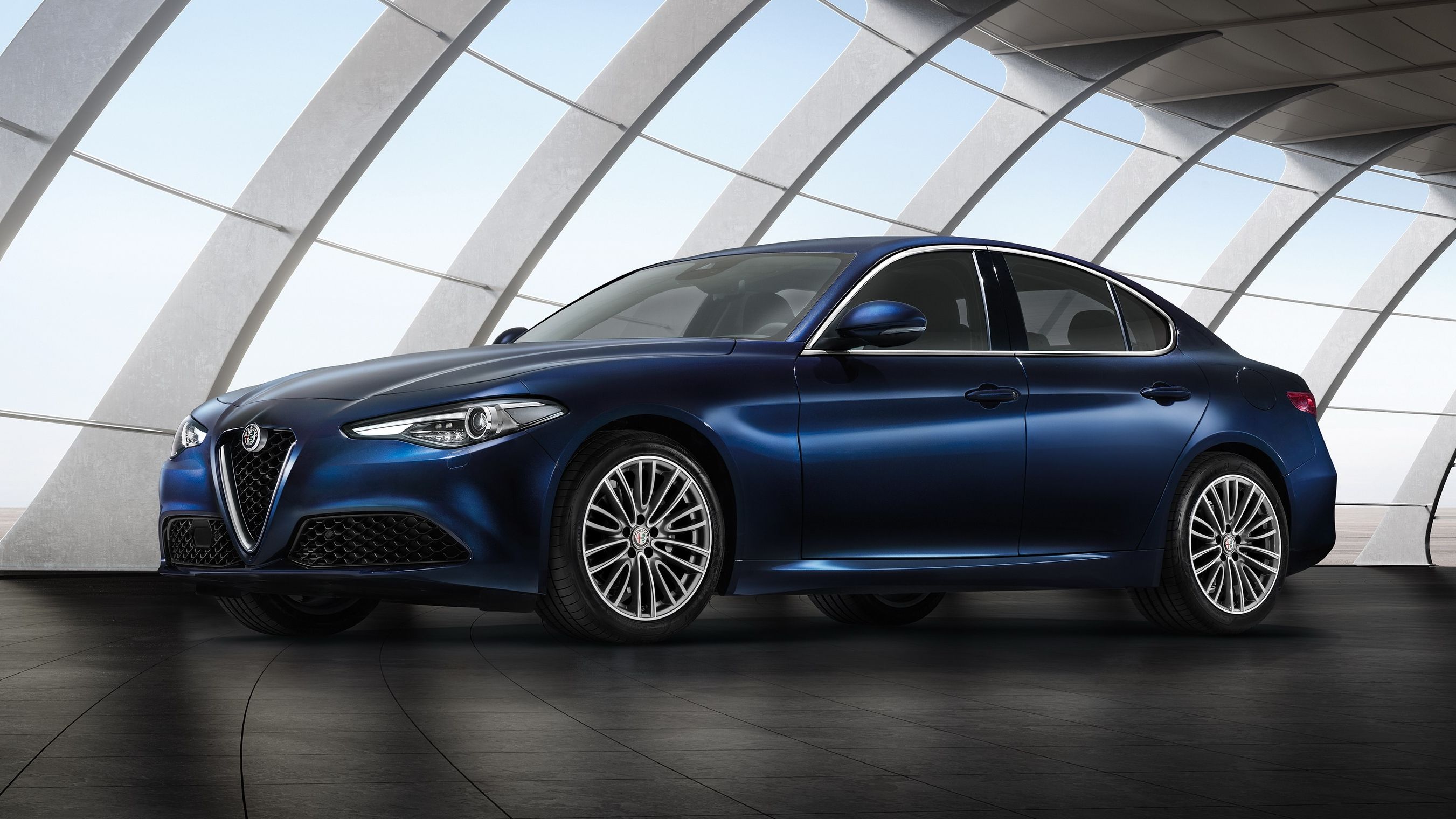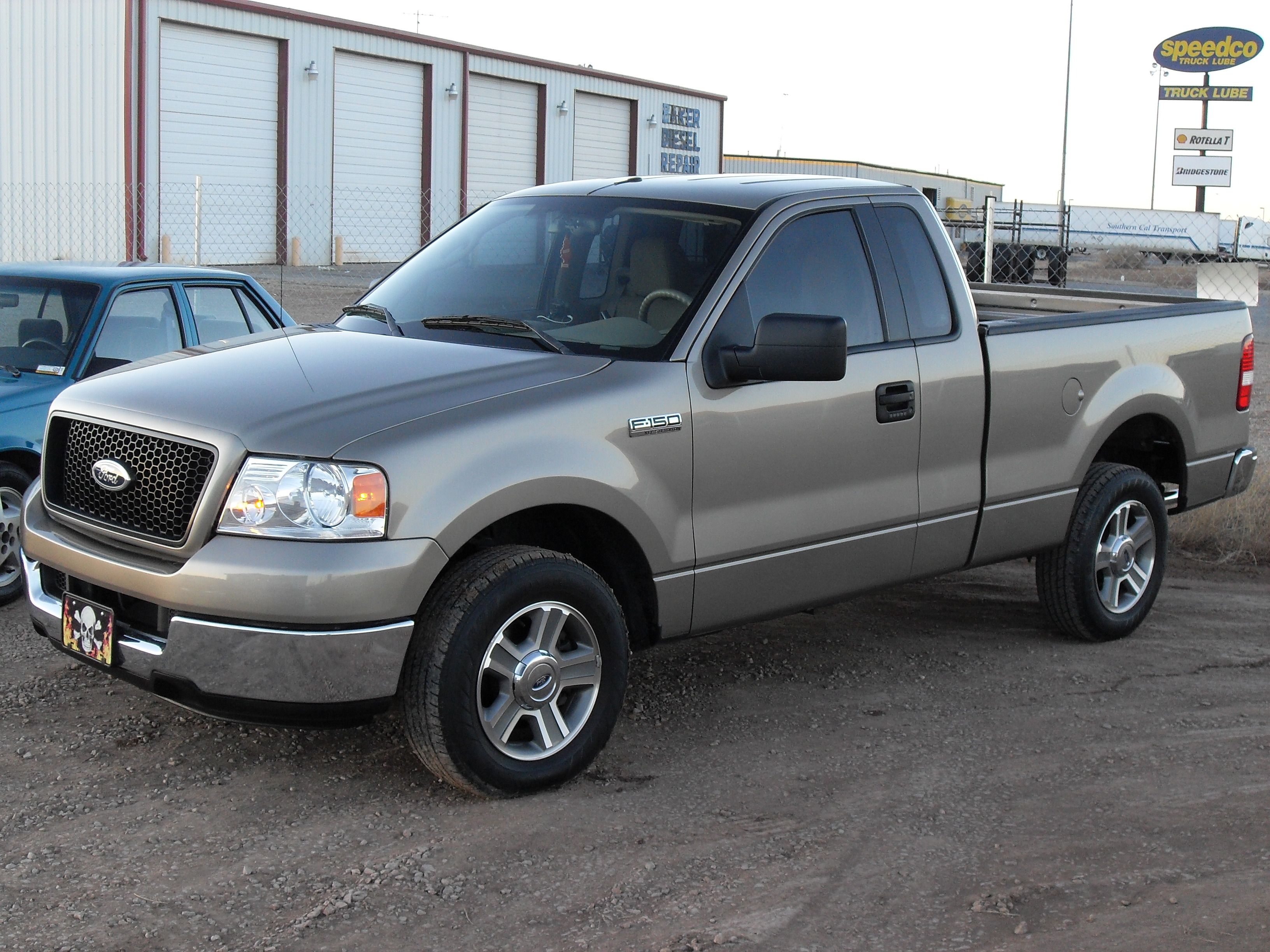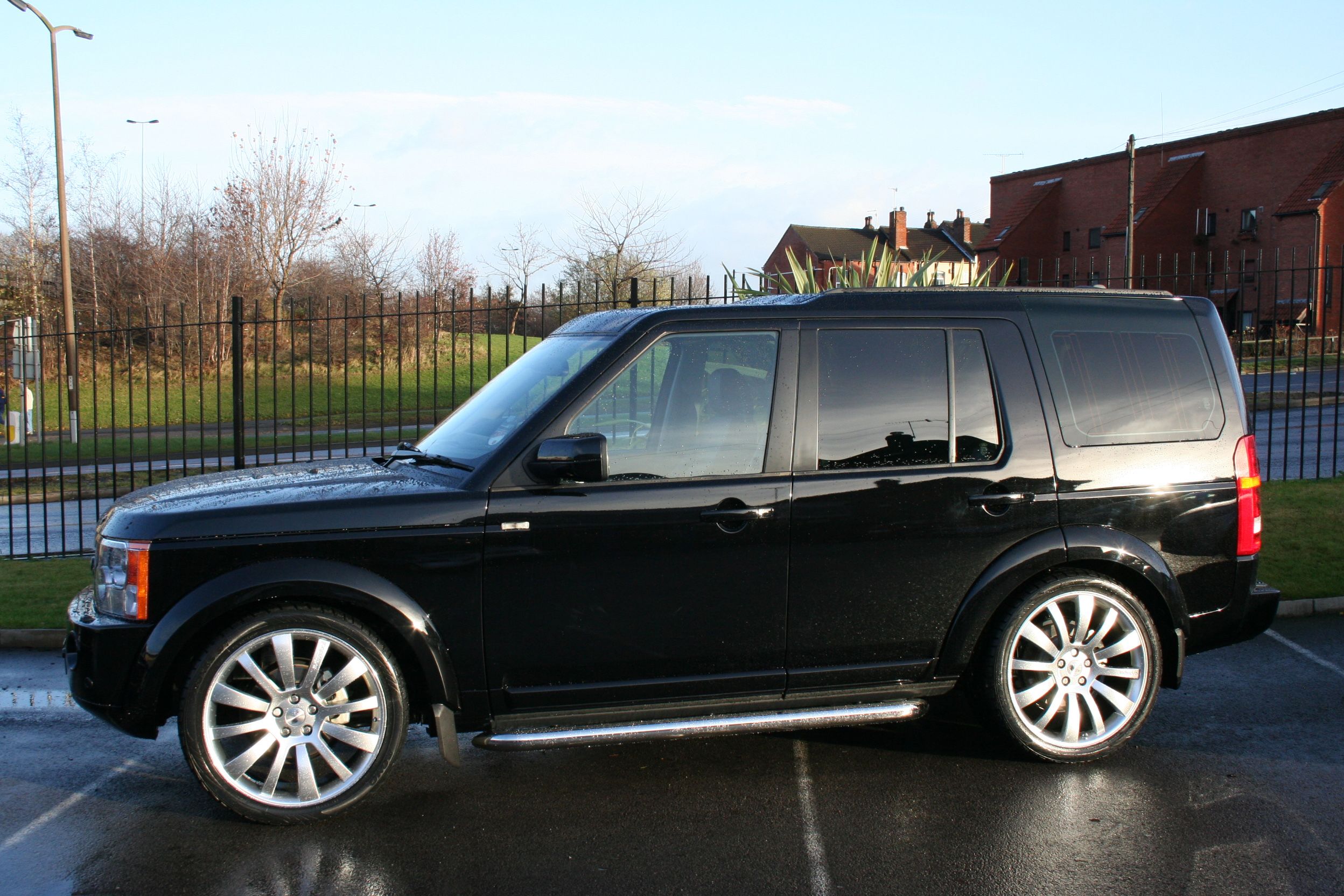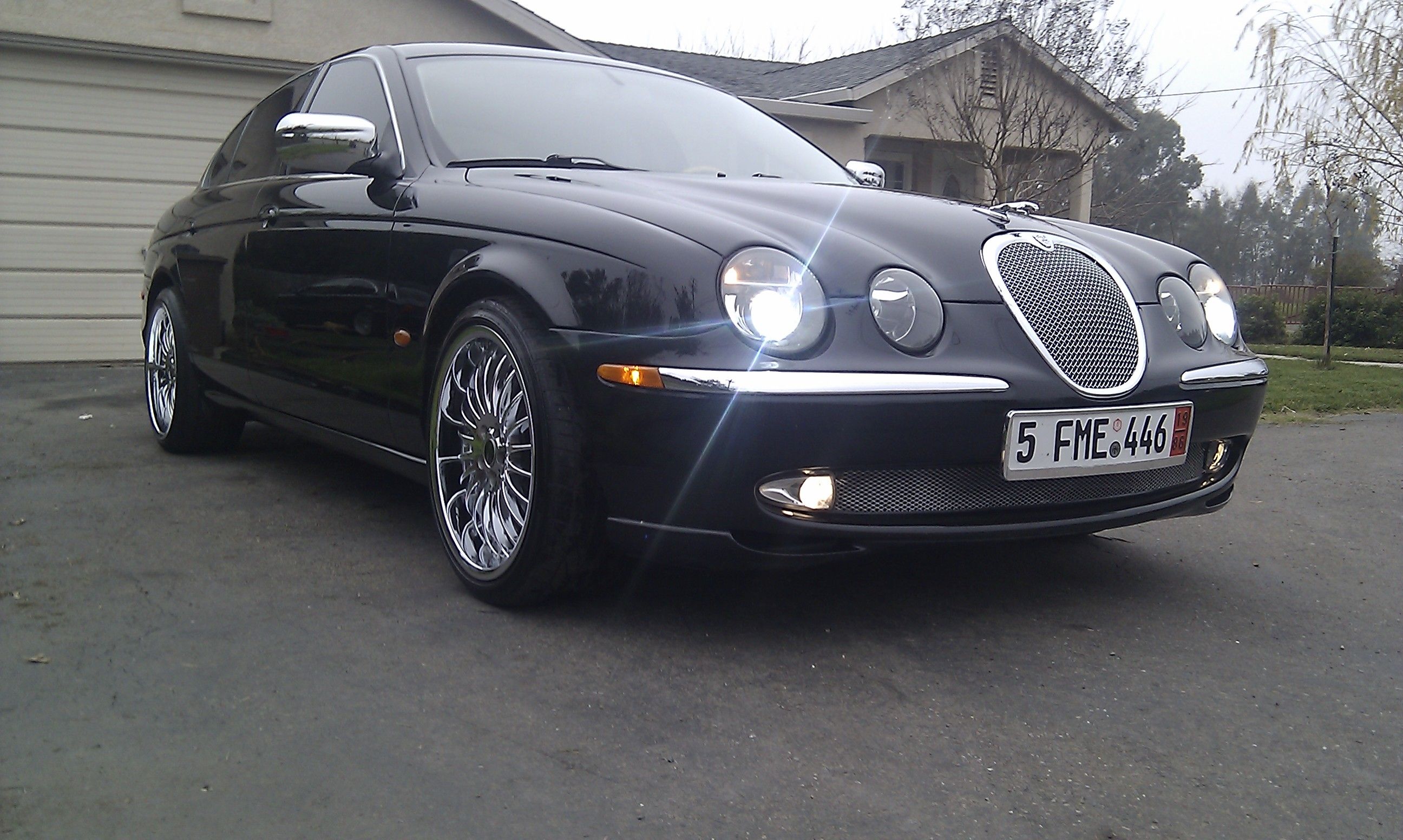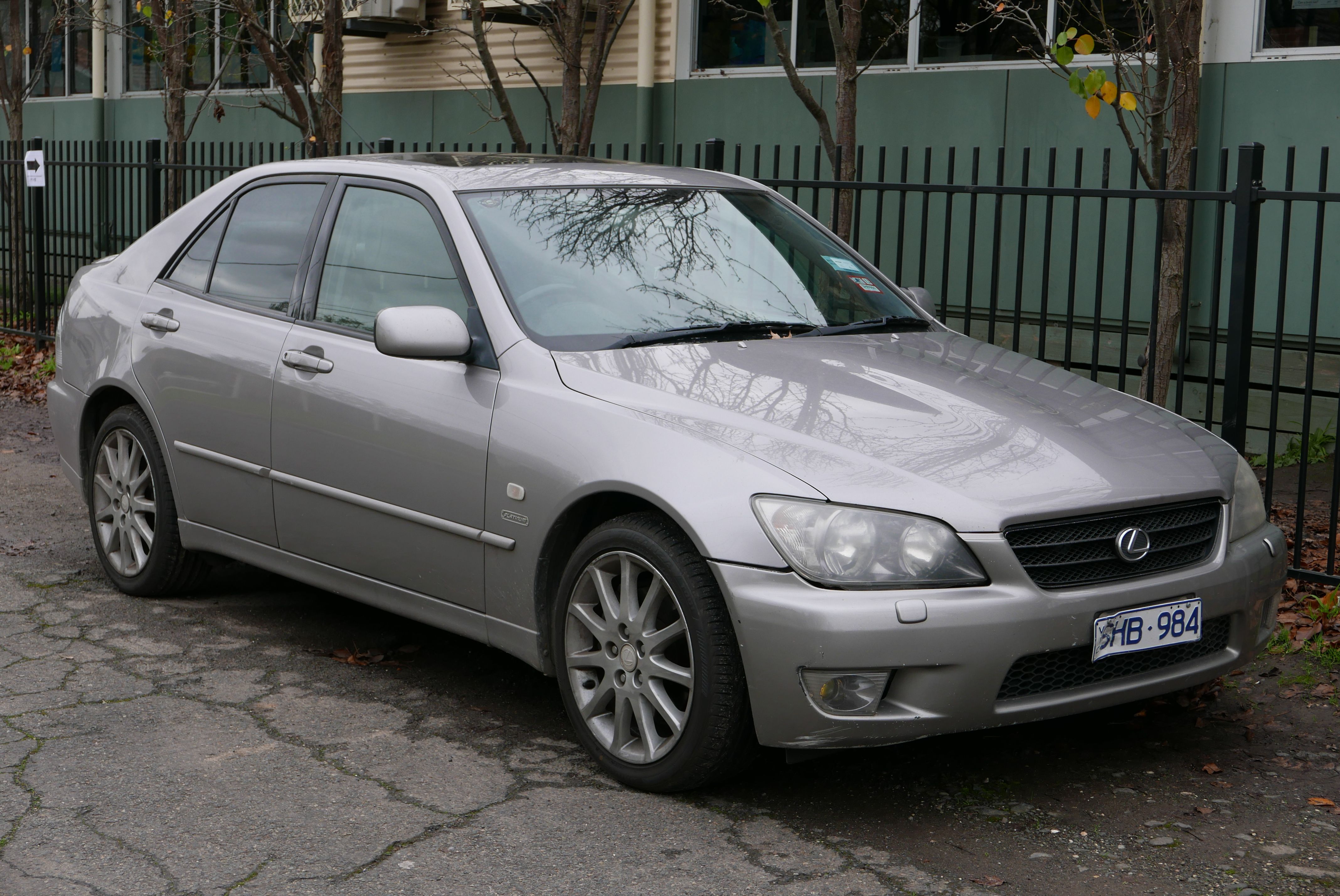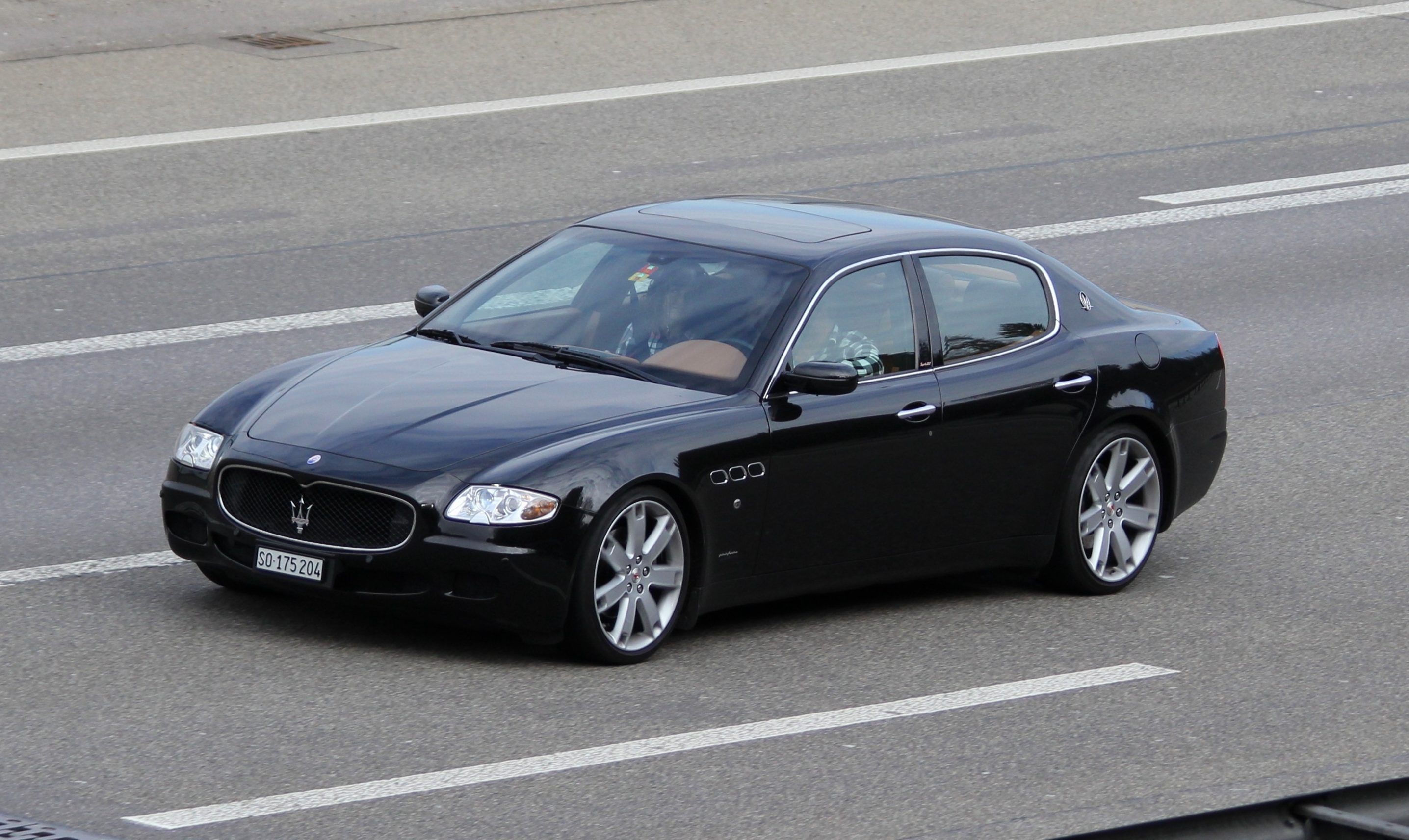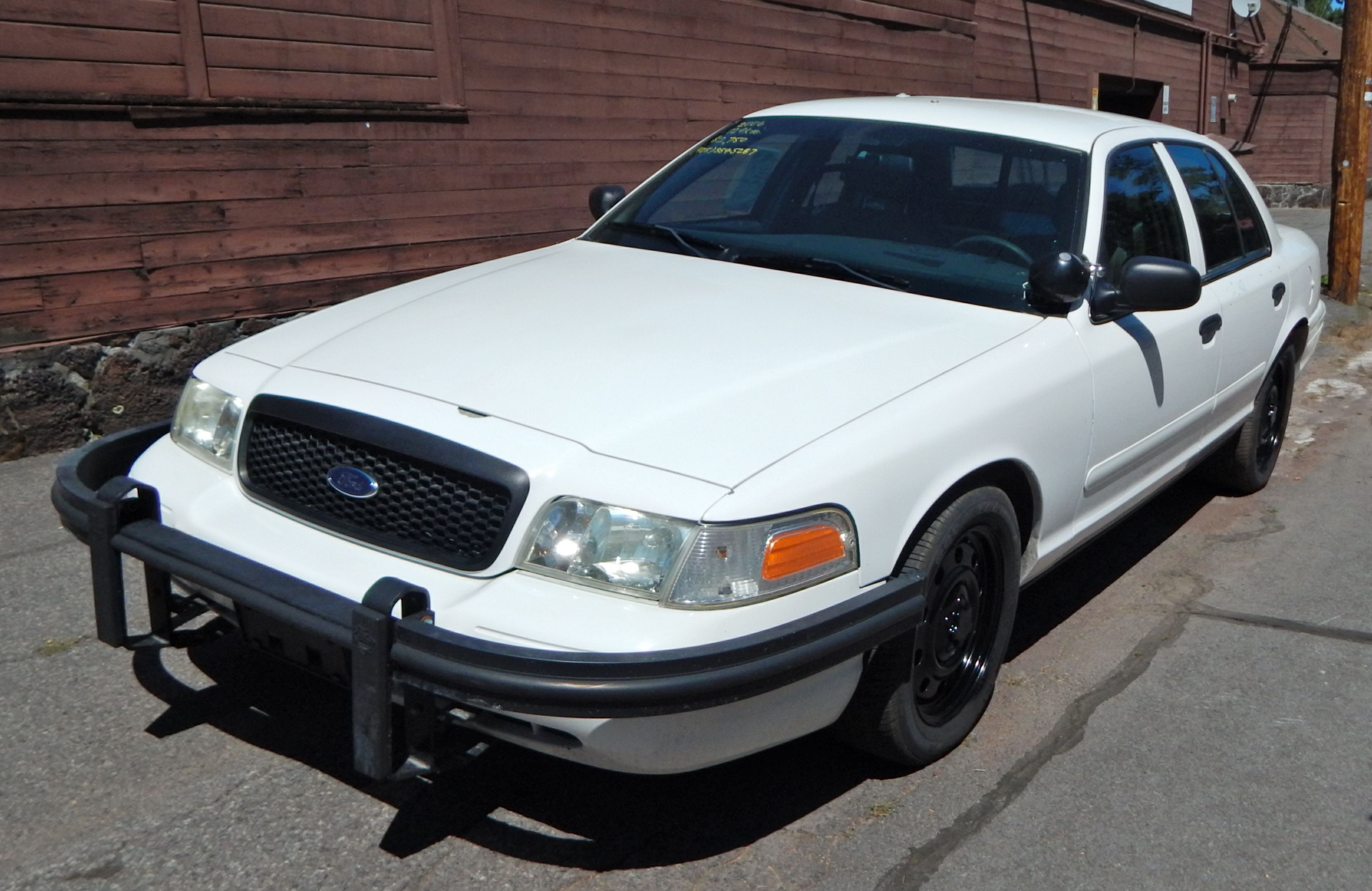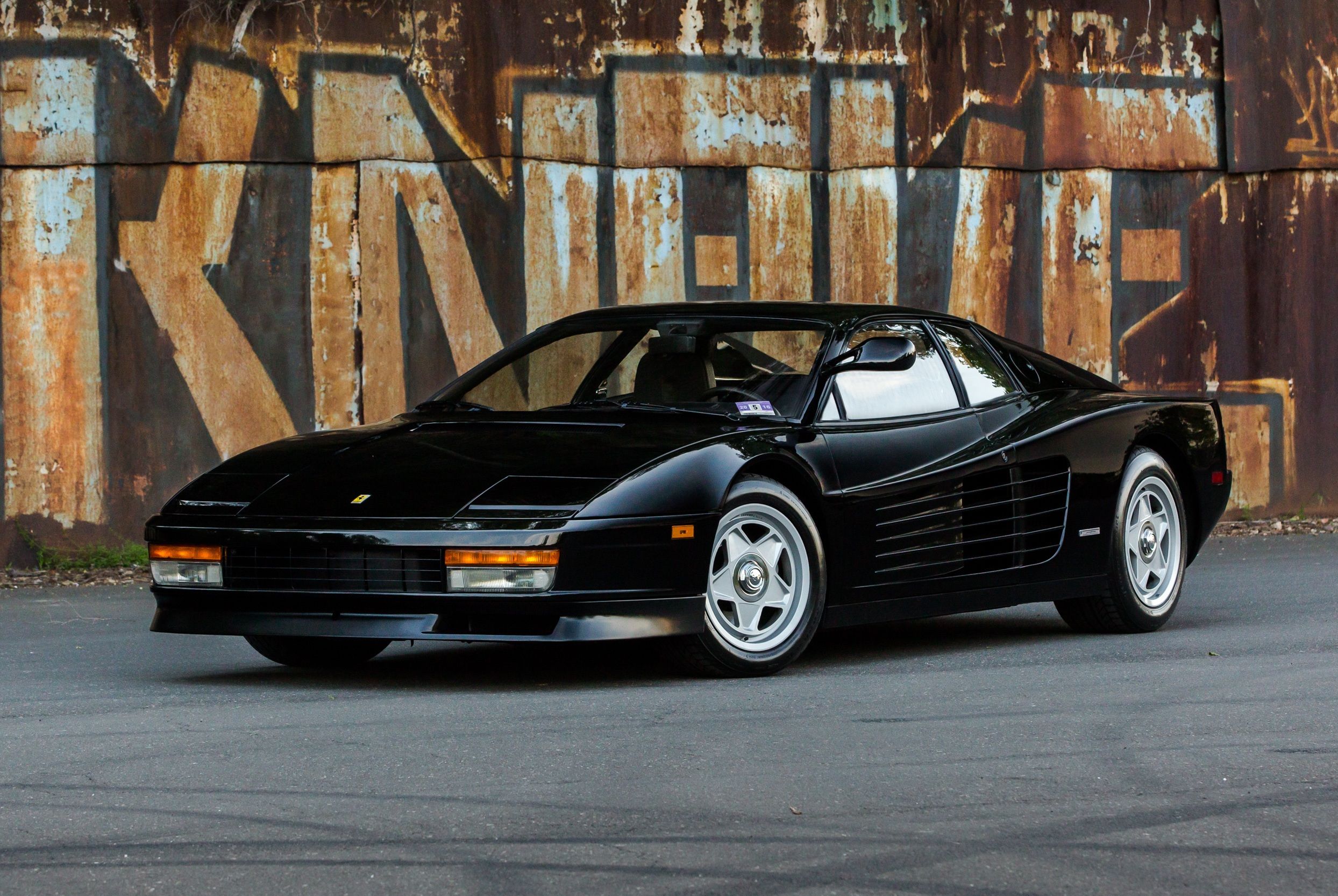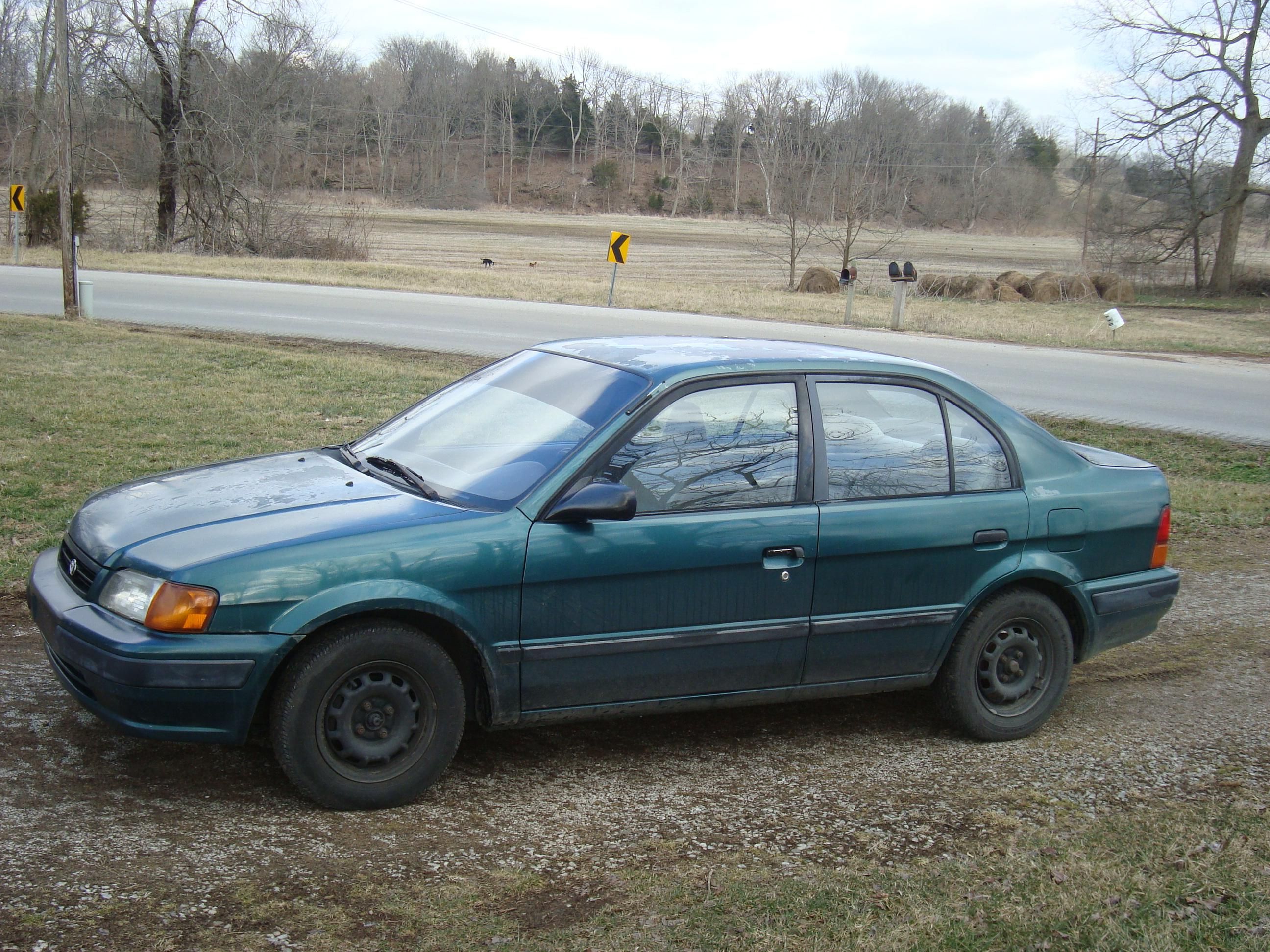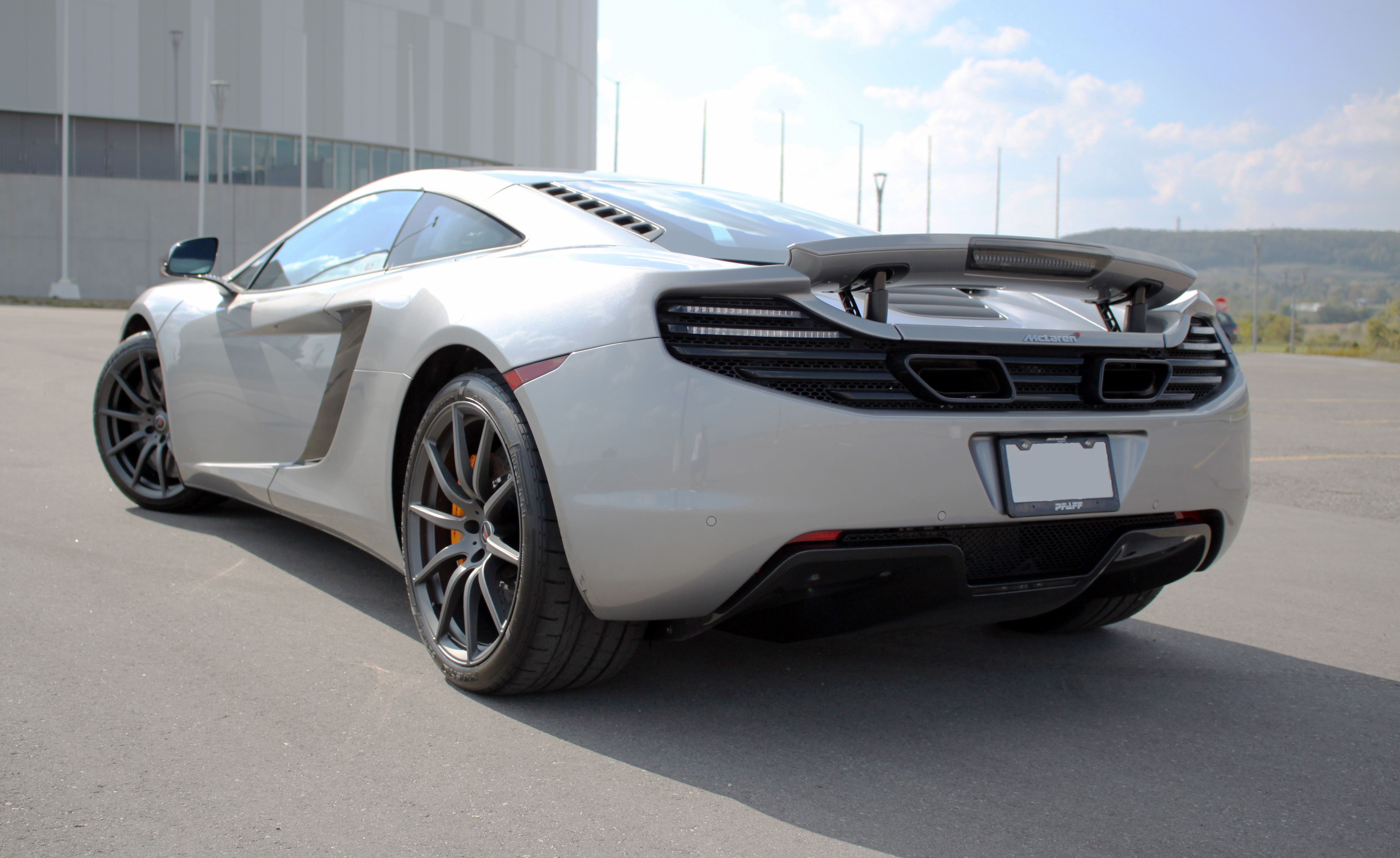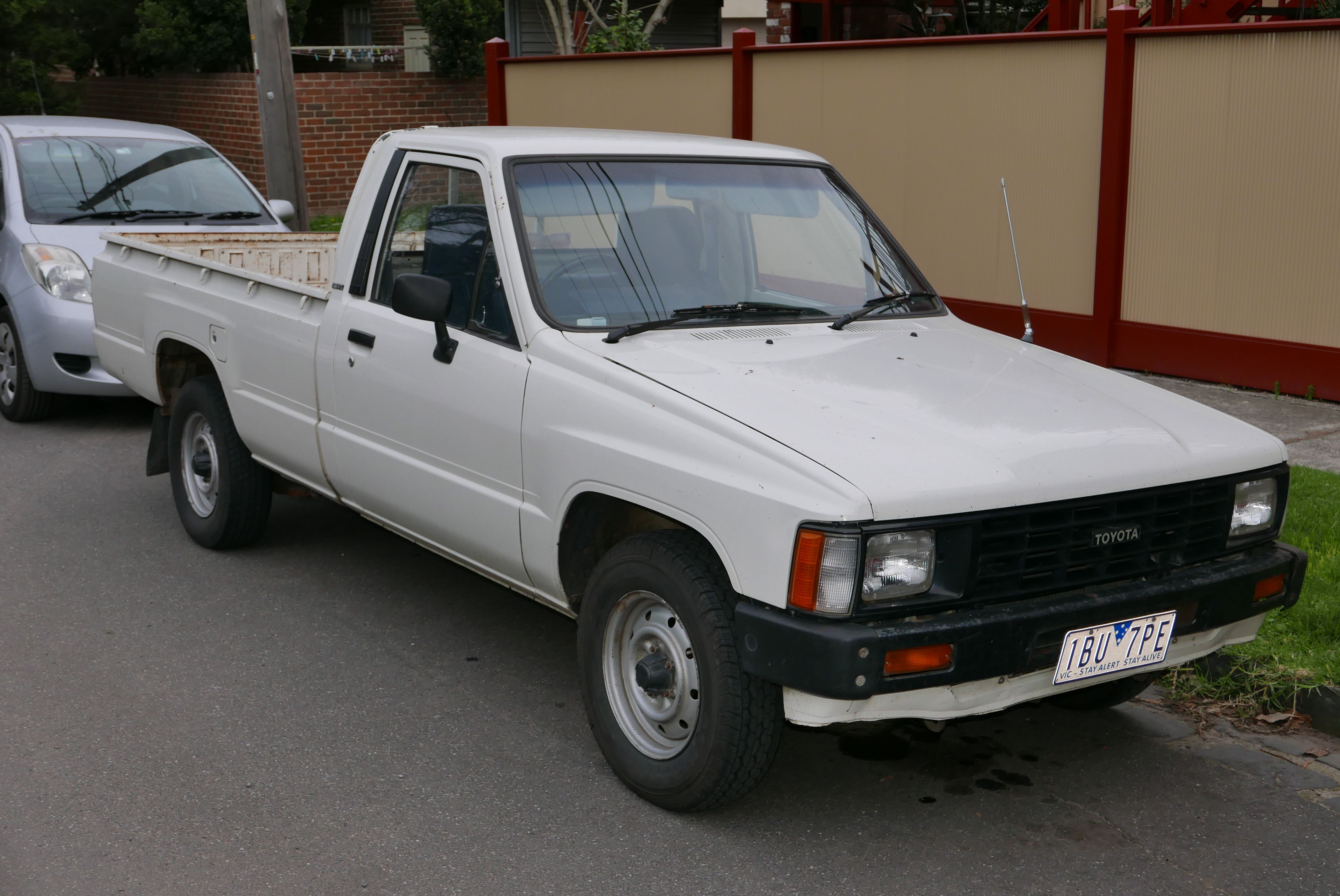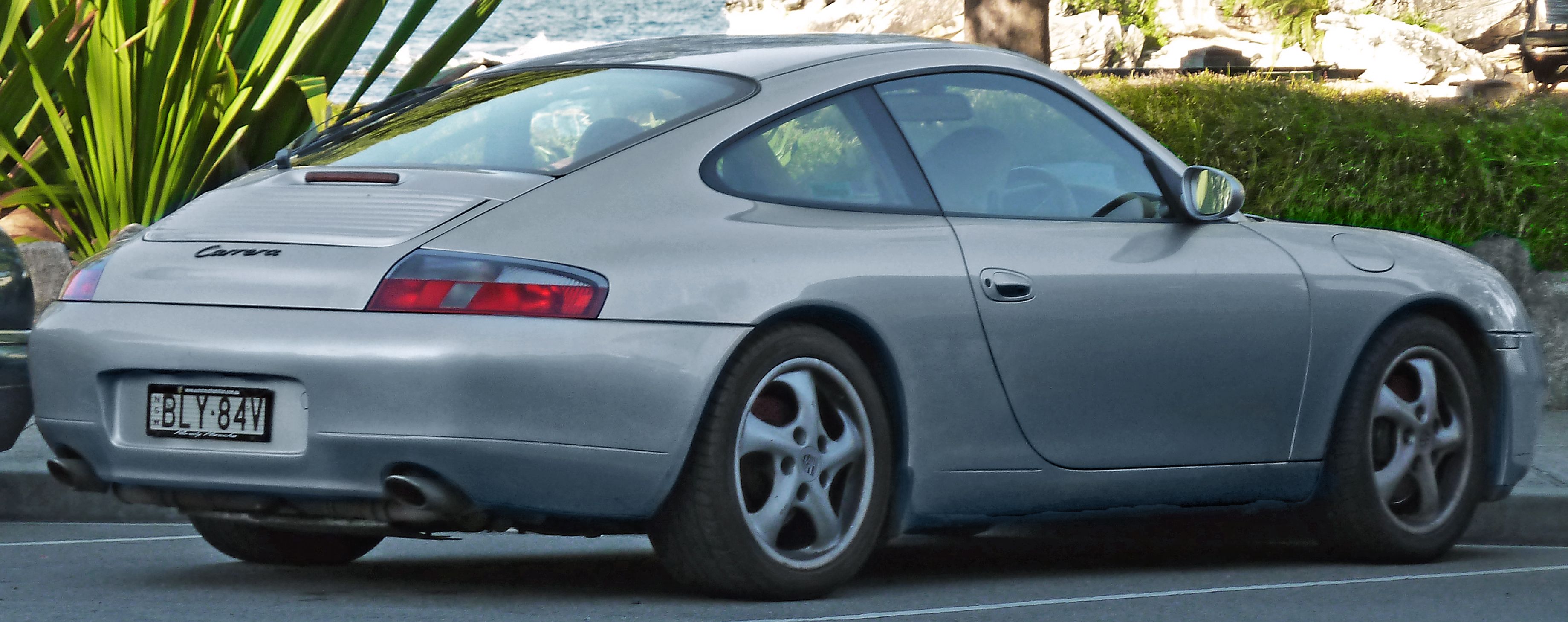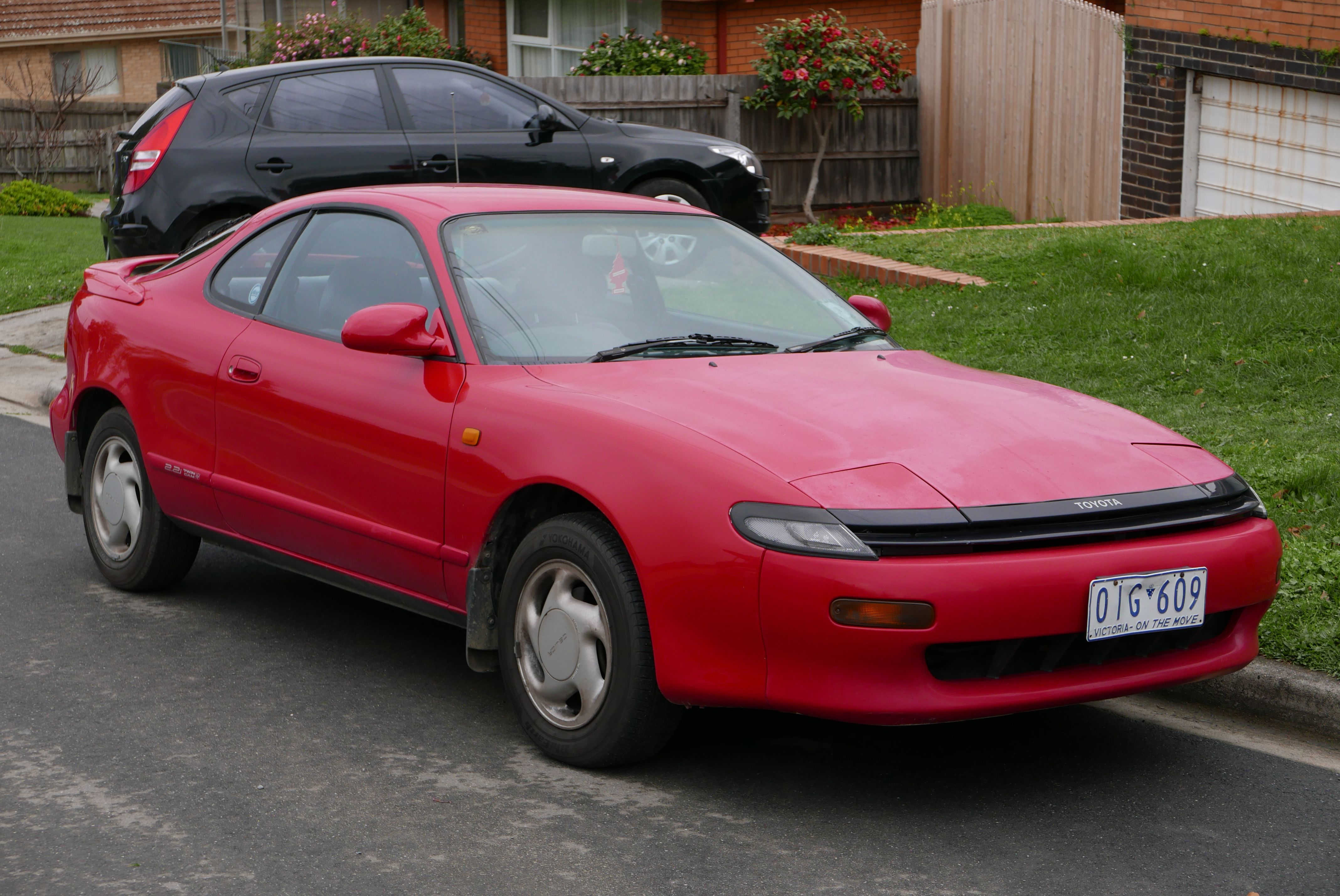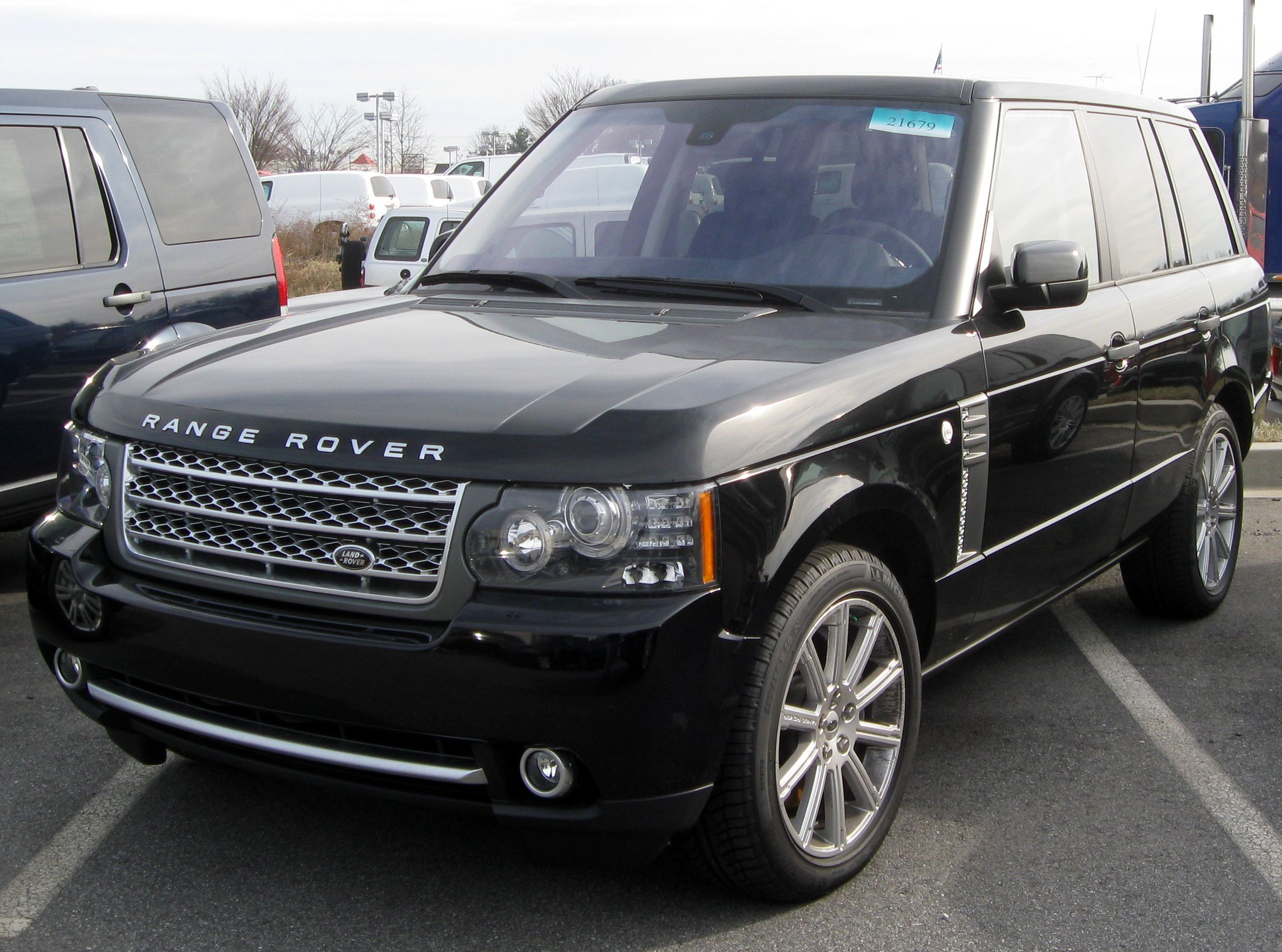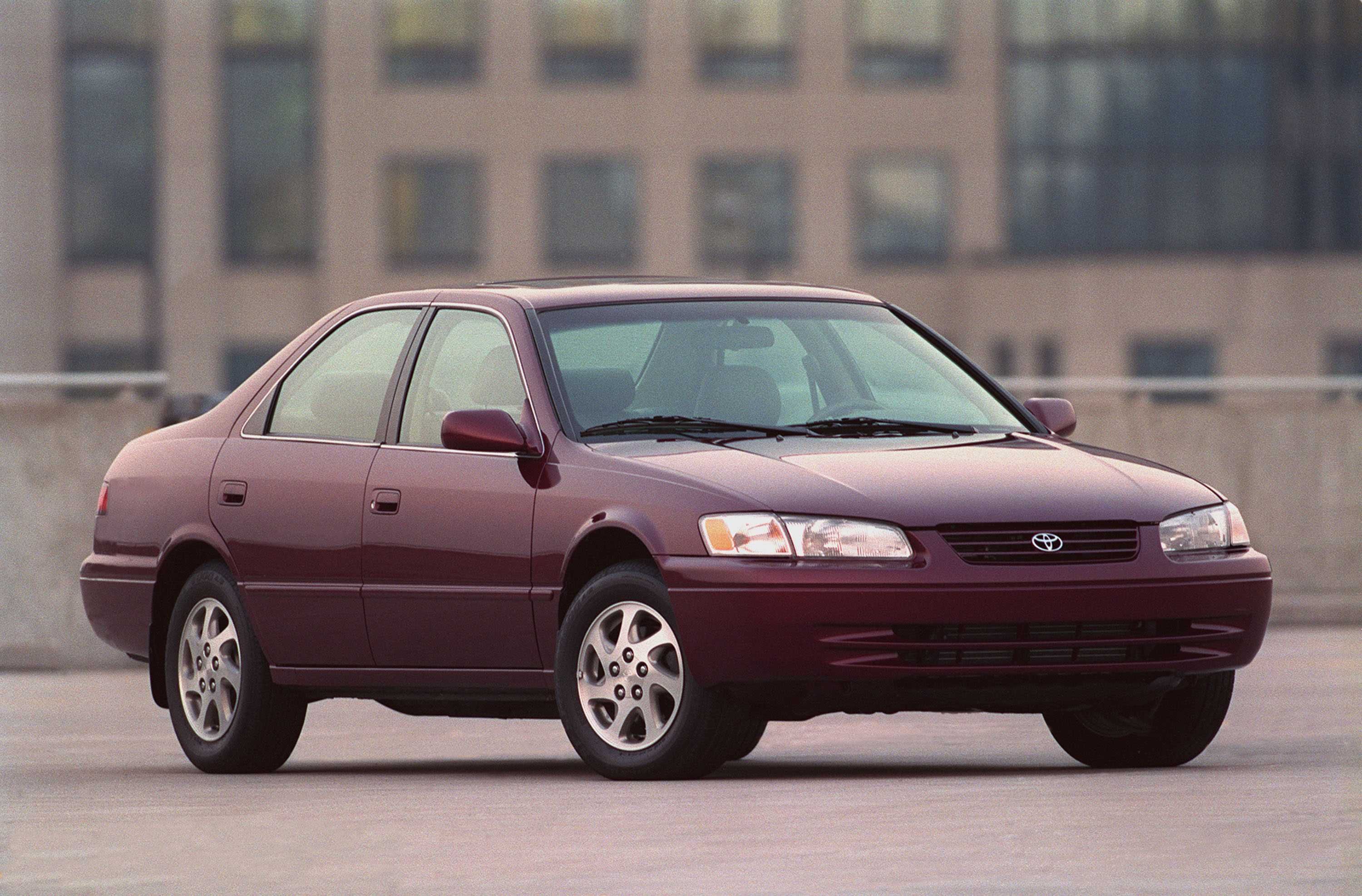What the average person thinks makes a reliable car isn’t always true. Even car people who have only ever experienced or heard of one kind of car and it’s associated maintenance needs often don’t realize where their vehicle falls in the spectrum of dependability, for better or worse. Those who have only ever had newer vehicles or cars straight off the showroom floor often don’t know that a properly selected and far cheaper used car might actually be way more reliable than what they’ve got. Many higher end European cars require debilitatingly expensive maintenance before even the 100,000-mile mark, making the prospect of owning them through that mark a terrible financial idea.
Yet there are other cars, notably older Toyotas, Hondas, and full-size domestic cars- that are quite viable purchase options past even double that mileage. Fleets commonly use the Crown Victoria, for instance, all the way up to 300,000 miles. Domestic pickups and most Volvos of any vintage have similar lifetimes. But there are also Porsche 911s that give out violently early in their lives, 80,000 dollar BMWs whose drivetrains practically went on strike the instant it was set to work, and expensive Lotus GT cars whose interiors begin to disintegrate the moment they leave a dealer lot. Expensive purchase price, especially new, does not mean you’re buying any semblance of reliability. It means status, and in most cases luxury and performance, but just as often also means some serious maintenance bills down the road.
20 E60 BMW 5 Series (Unreliable)
BMW has had a princely reputation for quite some time now and most certainly earned it back in the brand’s heyday in the late 80s and early 90s. Their cars looked professional and mature, yet under the skin were sports cars and real driving machines. They are expensive but are certainly worth it.
Then, in the 2000s, the E60 happened.
The E60 generation of the executive sedan 5-Series was an eighty thousand dollar car straight from the factory, whose drivetrains and chassis started falling apart immediately after they left dealer lots. In less than a decade one could pick up a nearly new high-end BMW 5-Series for less than five grand, but be aware you’ll likely pay that price every year in maintenance and repair.
19 Lexus LS400 (Reliable)
On the other end of the luxury car reliability spectrum lies the large LS400, the first really popular big Lexus. This too was an eighty thousand dollar automobile when released at the end of the 80s, and this too can now be bought off Craigslist or Facebook Marketplace for less than a tenth of it’s original MSRP. The difference is that it was made by Toyota, during the period when they were establishing their reputation for reliability which for the most part they still cling to today. With either the 2JZ inline six or 1UZ V8 engines, these luxo-barges are utterly bulletproof and will last well beyond 300,000 miles in most cases.
18 Lotus Evora (Unreliable)
Lotus is a very interesting company. They earned their name on the track, competing and winning in the golden eras of the highest form of open wheel racing, Formula One. Their seminal leader, Colin Chapman, is today idolized for his avant-garde engineering philosophy of “simplify and add lightness.”
What he is less remembered for is how many drivers he harmed with his flimsily built racecars.
The Evora GT, while way safer than any old school Formula car, and weighing a hefty 3100lbs for its small size, isn’t any better built. While the Toyota-built and minivan derived engine is impregnable, literally every other part of the car is prone to failure, and trim pieces will fall off even if you stop too hard.
17 Volvo 240 (Reliable)
In the annals of reliability, the vaunted halls of legends of toughness and dependability such as Toyota’s Hilux and Ford’s Crown Victoria, one brand name casts a shadow across all. It is not a domestic corporate juggernaut or a Japanese conglomerate looking to take on the world- but a small Swedish firm that very much cares about your safety. Other car makers have streaks of dependability, eras were the things they built last exceptionally long. Volvo is the opposite, with everything they’ve made being virtually indestructible except for a spell in the early 2000s. So while it is slow, the old Volvo 240 will run forever, whether you get one from the 70s or the 90s.
16 Alfa Romeo Giulia (Unreliable)
Alfa Romeo was never exactly known for reliability. Their cars were always mechanical duds, through the ages. Their owners talk about them as if they’re in a bad relationship, serenading the good times that almost never happen while pretending all the time their car is broken never happened.
Alfa stayed in business, for the most part, by delivering incredible driving experiences.
The cars broke a lot, but when they ran they were guaranteed to put a smile on your face. With the new Giulia, the world desperately wanted to believe a modern Alfa would have the grace of old with a new dependability. They were quite disappointed, but perhaps not surprised, to find nothing had changed at all.
15 Ford F-150 (Reliable)
When it comes to dependability, it's really hard to beat a truck. They are built tougher from the get-go, so as long as you aren’t jumping railroad tracks every day, they tend to last a very long time. All three of the big domestic automakers’ mainline trucks last longer than their cars generally speaking, but ye old F-150 is considered the old hand in this field. Full frame construction and the extremely common nature of the old trucks make them both easy to work on and cheap to get parts for, whenever something does manage to fail. But a somewhat well-maintained truck, especially one older than the one pictured, is likely to run forever.
14 Range Rover Discovery (Unreliable)
Range Rovers have a strange dichotomy of reputation. Off road, even Jeeps will have a hard time beating them. Range Rovers have an innate mastery of uncouth terrain, even as their interiors are filled to the brim with luxuries and fine materials. But, of course, they aren’t ever used off road.
They are used as daily drivers for the wealthy, as posh status symbols.
Despite how rugged they may seem off-road, in reality, they are consistently several mechanical nightmares waiting to happen. Engines fry themselves, electronics go haywire, transmissions forget flat-out to shift, and the list goes on.
13 EK Honda Civic (Reliable)
There’s a reason every two-bit California teenage street racer owns a Civic. They’re incredibly easy to get one’s hands on and almost as easy to make somewhat fast. The former is because of their low cost, often dipping below a thousand dollars. While the latter is because of their lightweight, with stock examples barely over 2400lbs. Owners who are serious about speed strip out the interior, and with 300lbs of junk to rip out it is a legitimate way to make their cars significantly faster for free. Of course, there’s no free lunch, and despite their low cost, Hondas of this sort are constantly stolen.
12 Jaguar S-Type V8 (Unreliable)
The British aren’t good with electronics, at the very least in their cars. It is one of the main reasons British sports cars died an ignominious death in the 70s as people just couldn’t keep them running with frayed wires and electronics going mad. What’s sad is that going into the 90s and early 2000s they still hadn’t quite learned to make things work consistently, as the S-Type demonstrates.
Its problems were worse than electrical, though.
Engines would leak coolant and cook themselves, transmissions would simply shatter, and sometimes the car would just refuse to start. Perhaps good looks or a proper driving experience would help the S-Type out, but in both of these areas, it is also outclassed.
11 Lexus IS300 (Reliable)
Cheap luxury sounds like a gimmick, and when delivered through faux wood grain and plastic posing as chrome, it most certainly is. But cheap luxury is indeed a thing, at least if you’re buying an old Lexus. The IS300 is the Lexus 3-Series fighter, albeit with a different set of goals than a certain class defining Germany-made coupe and sedan. The 3-Series of the era, the E46, was a more tied down sports car and was also vastly more mechanically complex. The IS300 was simpler, softer, and easier on the eyes. For many, it was the better option, and now perhaps even more so, thanks to the E46’s eccentricities not aging as well as the IS300’s simplicity.
10 Maserati Quattroporte (Unreliable)
The Italian auto industry has built the most beautiful cars the world has ever seen and in many cases some of its most exciting to drive as well. Modern Maserati, while not quite the powerhouse of exotic performance it once was, besides the MC12, have cars that are still gorgeous.
Their mechanical problems are not.
The drivetrains of Maseratis are essentially made of glass, barely capable of handling the stock power the engines produce from the factory, and often breaking from that in just months of daily driving. Engines and suspension components are not much better off, leaving Maseratis better to look at than drive.
9 Ford Crown Victoria P71 (Reliable)
Sometimes the old school is best. That is the case with the last generation of Ford Crown Victoria, a glorious old boat that contained technology half a century old. The basis of the most popular domestic police car, the Crown Vic’s body on frame construction was among the last of its kind still used in the auto industry for passenger cars, and many of the parts used were lifted from Ford’s truck lines. It should come as no surprise then that the Crown Vic is tough like a truck and nearly as heavy. The toughest car of the 2000s has an optional limited slip differential, and has a lot of aftermarket potential.
8 Ferrari Testarossa (Unreliable)
Ferrari built their cars totally in pursuit of maximum performance and feel, but in hindsight, it is almost as if they built them for maximum maintenance headache as well. While a flat 12 gives very low weight distribution, as does the dry sump lubrication system, it also means that even some basic maintenance operations require the entire engine assembly to be removed from the vehicle. Tasks that would be a two or three-minute inconvenience on a normal car quickly morph into multi-hour epic battles of patience, all for a car that gets outrun in the ¼ mile by a stock Toyota MR2 Turbo.
7 Toyota Tercel (Reliable)
The Honda Civic is a boy racer’s dream, but there are other cars out there that have many of the same attributes. The Tercel is also a 90s Japanese subcompact but is even lighter than the Civic. At 2000lbs even in curb weight, and 90s Toyota toughness and dependability, with very little modification it can be made into a fun daily driver.
With almost any engine swap, it can be made into a flippin' rocket.
Turbocharged builds with less than five grand's spend, including the car, have dipped into the 11s at the drag strip. An underrated car. Ugly, but fun.
6 Mclaren MP4-12C (Unreliable)
Mclaren’s reputation for fastidiousness precedes them and was well earned in professional racing at the highest levels. There first try at a road car was perhaps the greatest car ever built, the sublimely engineered and gorgeously drawn F1- a car that was practically within ten miles an hour of the Bugatti Veyron’s top speed with half the power and no turbos.
The company’s recent revival as an exotic car builder wasn’t so perfect, however.
The 12C was a beautiful and fast mid-engined exotic that cornered as good as it looked- but if it rained water could seep through a vent in down onto a non-waterproof sensor that was tens of thousands of dollars to replace, and Mclaren did not warranty it.
5 Toyota Hilux (Reliable)
The world knows the old Hilux well by now. Used as a makeshift army vehicle by a significant number of villains across the globe, and relied upon as basic transport by far more, the Hilux is a symbol of extreme dependability. Maybe even the most extreme, as TopGear can attest to. Not many vehicles can be dropped off an office building that’s being imploded and drive away. But coming from a carmaker who in that era produced tiny unibody subcompacts that could last for centuries, it’s no surprise that their body on frame pickup truck would be an absolute beast.
4 996 Porsche 911 Carrera (Unreliable)
Porsches are known for winning races, being expensive, and having very German-like engineering. Generally, this means that as long as they are well maintained and looked after, they will perform without fault. They’re expensive to maintain, but won’t let you down. Well, most of them.
The 996 Carrera is a notable exception, despite sharing many parts with its more dependable but even more expensive 911 Turbo sibling.
Many non-Turbo 911 engines of this generation will blow themselves to smithereens regardless of how they are maintained. This is a case of the cheapest thing perhaps being the most hassle, as the 996 Carrera is half the cost of almost any other 911.
3 Toyota Celica (Reliable)
90s Toyotas don’t often break. And they are cheap. But most aren’t nearly as pretty as the T180 Celicas. Almost everything that applies to the Camry of the same era can be applied to the Celica, except the little two-door hatch is actually capable of some fun. Even though it’s not a lightweight, the 2.2 liter 5S-FE provides some measure of torque, and as long as one has the five-speed manual it can be just enough to throw you around town in style. Front wheel drive means you won’t be hanging the tail out, but you do get a lot of practical storage space and a token back seat.
2 Range Rover 2010 (Unreliable)
English SUVs and engines problems go hand in hand. Range Rovers, in general, have some extensive and curious mechanical and electrical maladies, but the top of the line models seem to have the most things that can go wrong. So, seemingly inevitably, all those things do go wrong.
Cylinder heads, transmissions, electronics of all kinds, and various other very necessary parts of the luxury SUVs tend to go bad with alarming regularity and severity.
People still love them for some reason, so much so that they will stomach the repair bills, keep buying them, and continue to hit the mall in a vehicle that could cross a desert, if it didn’t break down that is.
1 XV20 Toyota Camry (Reliable)
Many think they need to take out what could suffice as a small mortgage to buy a car, or pay hundreds of dollars a month for years, not even including insurance. Basic, reliable transportation can be had for less than a grand if you look well. What to look for is a 90s Camry. They are not exciting. They aren’t agile or fast and definitely aren’t beautiful from the factory, but they are everywhere, and thanks to that are incredibly cheap to buy and maintain. It also helps that they are cheap to insure, decent on gas, and are incredibly reliable.
Sources: AutoDatabase, Car and Driver, Racing.ca, Autoguide, Auto Evolution

